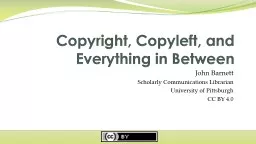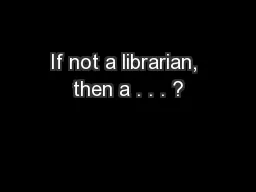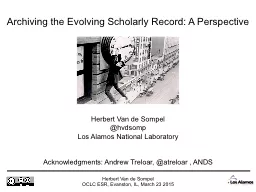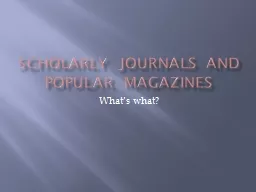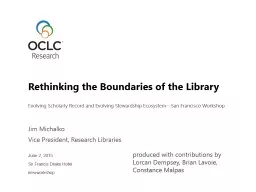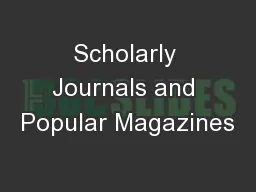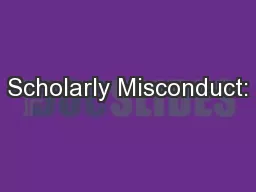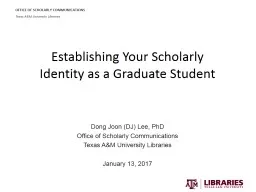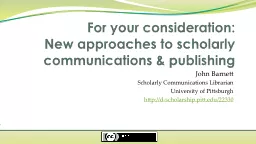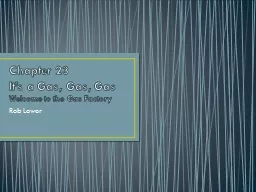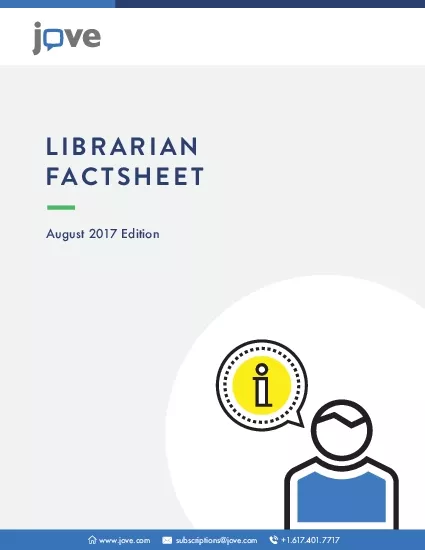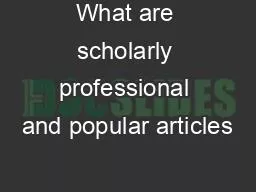PPT-John Barnett Scholarly Communications Librarian
Author : fluental | Published Date : 2020-06-22
University of Pittsburgh CC BY 40 Copyright Copyleft and Everything in Between Information to help you understand copyright and fair use Public domain Copyleft
Presentation Embed Code
Download Presentation
Download Presentation The PPT/PDF document "John Barnett Scholarly Communications Li..." is the property of its rightful owner. Permission is granted to download and print the materials on this website for personal, non-commercial use only, and to display it on your personal computer provided you do not modify the materials and that you retain all copyright notices contained in the materials. By downloading content from our website, you accept the terms of this agreement.
John Barnett Scholarly Communications Librarian: Transcript
Download Rules Of Document
"John Barnett Scholarly Communications Librarian"The content belongs to its owner. You may download and print it for personal use, without modification, and keep all copyright notices. By downloading, you agree to these terms.
Related Documents

